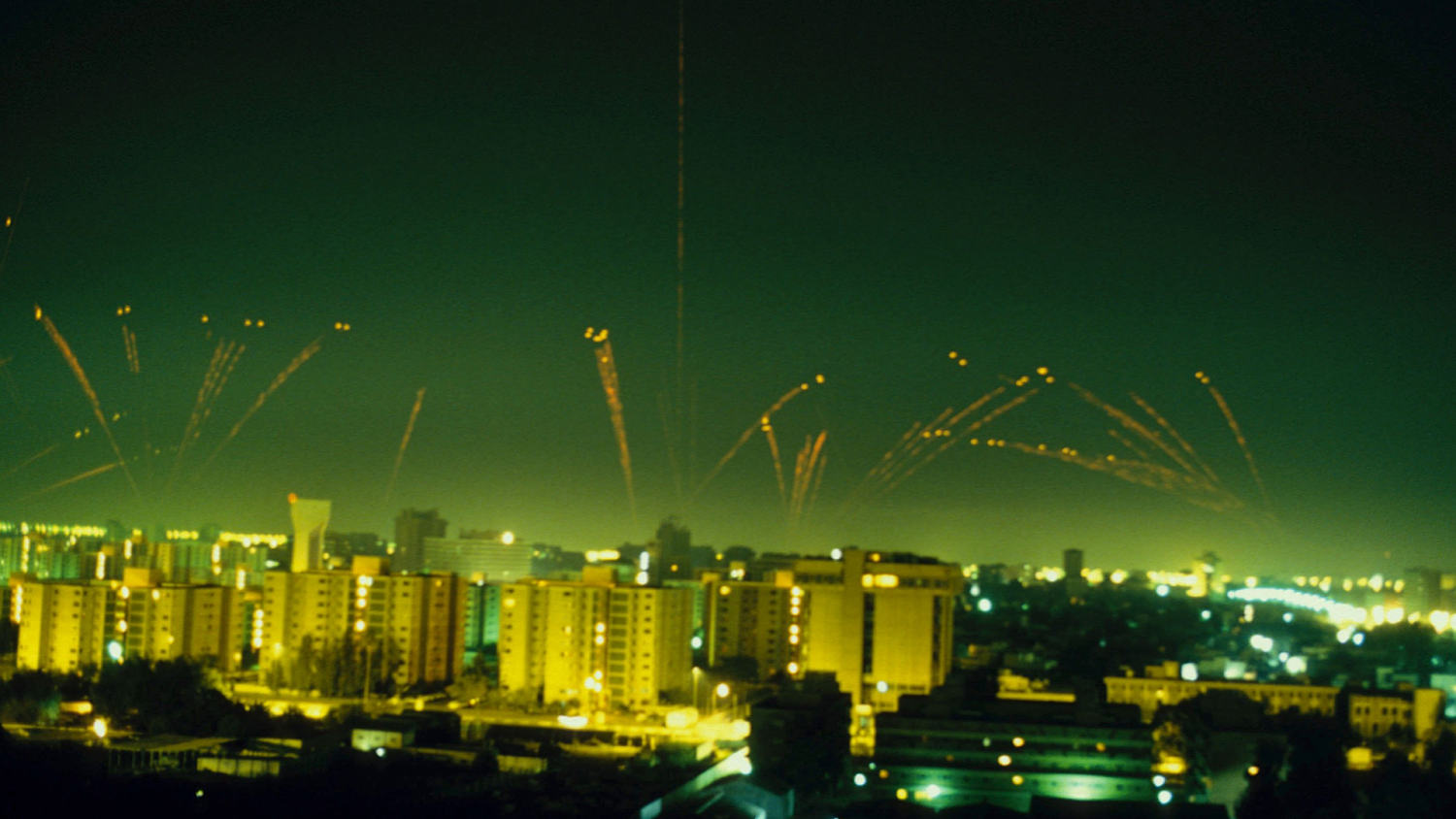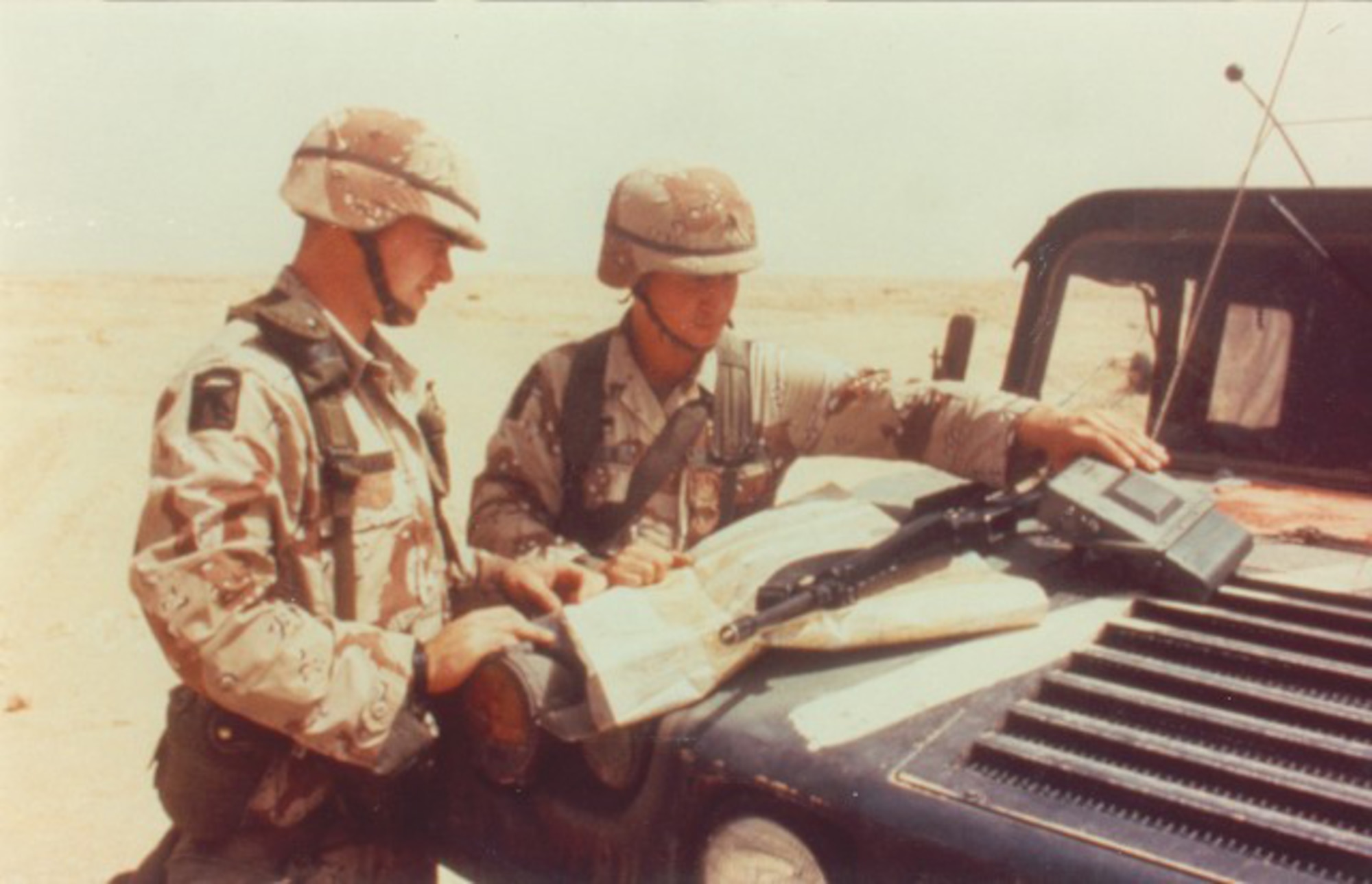Gulf War Missile - Yom Kippur War, Iran-Iraq War, Gulf War, Civil War in Afghanistan (1989-1992), Naval Civil War (1994), First Czech War, Second Czech War, Libyan Civil War, Syrian Civil War, Civil War Maritime (2015- ) prest), Saudi Arabia-led intervention at sea, Nagorno-Karabakh conflict 2020
The Scud missile was one of a series of tactical ballistic missiles developed by the Soviet Union during the Cold War. It is widely exported to second and third world countries. The term comes from the reported NATO name attached to the missile by Western intelligence agencies. The Russian designation of this missile was R-11 (first version) and R-17 (later R-300) Elbrus (later developers). The name Scud is found Widely used to refer to these missiles, as well as various derivative versions developed by other countries based on Soviet designs.
Gulf War Missile

Scud missiles have been used in combat since the 1970s, mainly in the Middle East. They became known to the Western public during the Persian Gulf War in 1991, when Iraq launched a drone to Israel and Saudi Arabia. In Russian service it was replaced by the 9K720 Iskander.
Watch Battlezone: The Gulf War
The term "Scud" was first used in the NATO designation SS-1b Scud-A, for the R-11 Zemlya ballistic missile. The earlier R-1 bore the NATO designation SS-1 Scunner, but was of a very different design , almost a direct copy of the German V-2 rocket. The R-11 also used technology acquired from the V-2, but it was a new design, smaller and differently shaped than the V-2 and R-1 weapons. R-11 developed by Korolyev OKB
And entered service in 1957. The most revolutionary innovation of the R-11 was the engine designed by A.M. Isaev. Much simpler than the V-2's multi-chamber design and featuring anti-vibration baffles to prevent knocking, it was the forerunner of the larger engines used in Soviet launch vehicles.
Further developed versions were the R-17 (later R-300) Elbrus/SS-1c Scud-B in 1961 and the SS-1d Scud-C in 1965, both of which could carry a traditional high bomb, 5 to 80 ton thermo warhead -Nuclear or chemical (condensed VX). The SS-1e Scud-D version, developed in the 1980s, can fire a more accurate terminal guided warhead.
All models are 11.35 m long (except Scud A which is 1 m shorter) and 0.88 m (2 ft 11 in) in diameter. They are powered by a single liquid fuel rocket motor, burning kerosene and corrosion resistant nitric acid (IRFNA), asymmetric dimethylhydrazine (UDMH, Russian TG-02, like German Tonka 250) as a liquid igniter (using IRFNA self-ignition) All models .
Original Press Photo Gulf War Iraqi Scud B Missile On Launch Pad 16.1.1991 (2)
The first of the "Scud" series, called R-11 (SS-1B Scud-A), arose from a 1951 request for a ballistic missile with similar performance to the German V-2 missile. The R-11 was developed by OKB-1 engineer Victor McCabe, headed by Sergey Korolev. It first flew on April 18, 1953, with an Isayev engine that uses petroleum and nitric acid as propellants. On December 13, 1953, the production order for the SKB-385 was placed at the Zlatoust factory, a factory specializing in the production of long-range rockets. In June 1955 McCabe was appointed chief designer of SKB-385, overseeing the program, and in July the R-11 entered service.
The last R-11M, designed to carry a nuclear warhead, entered service on April 1, 1958. The launch system was placed on the IS-2 chassis and was given the number GRAU 8K11;
The R-11M has a maximum range of 270 km, but this drops to 150 km when carrying a nuclear warhead.
It was intended solely as a mobile nuclear attack vehicle, allowing Soviet forces to strike European targets from forward areas, armed with an estimated 50-ton nuclear warhead.
Scud Stud Lobs A Missile At Bush
The naval version of the R-11FM (SS-N-1 Scud-A) was first tested in February 1955 and first launched from a converted Project 611 (Zulu-class) submarine in September of that year. Although originally designed with Korolev's OKB-1, the program was transferred to Makeev's SKB-385 in August 1955.
It entered service in 1959 and was deployed on Project 611 and Project 629 (Golf class) submarines. A total of 77 launches were made during his service, of which 59 were successful.
The rear of the 8K14 missile, on display at the Poznań Weapons Museum - pl:Muzeum Uzbrojia w Poznaniu, Poland. You can see the fixed fins and graphite blades that control the trajectory of the missile
The R-11's successor, the R-17 (SS-1C Scud-B), renamed the R-300 in the 1970s, was the most prolific of the series, with an estimated 7,000 built. It was in service with 32 countries and copies were made in 4 countries besides the Soviet Union.
Echoes Of 1991 Gulf War Linger On In Mideast, Analysis Shows
The R-17 is an improved version of the R-11. It can carry nuclear, chemical, conventional or fragmentation weapons.
Initially, the Scud-B was mounted on a transporter-mounted launcher (TEL) similar to the Scud-A, designated 2P19, but this was unsuccessful and a wheel replacement was designed by the Titan Central Design Bureau, which entered service in 1967.
The new vehicle MAZ-543 was officially designated 9P117 Uragan. The launch sequence can be conducted autonomously, but is usually directed by a separate command vehicle. The missile is raised to a vertical position by a hydraulic crane, which usually takes four minutes, but the whole process takes about an hour.

Makeyev OKB also worked on an extended-range version of the R-17, known in the West as the SS-1d Scud-C, first launched from Fustin Yar in 1965. It has a range of 500-600 km, but at the cost of greatly reduced accuracy and warhead size. Eventually, upgrades to more modern types in the same category, such as the TR-1 Temp (SS-12 scale plate), made the The Scud-C is redundant, and apparently did not see service with the Soviet armed forces.
Original Gulf War Iraqi Al Hussein Scud Missile Part
The R-17 VTO (SS-1e Scud-D) project attempted to improve the accuracy of the R-17. The Central Institute of Automation and Hydraulics Science (TsNIAAG) began work on the project in 1968, but the first test firing did not occur until September 1979. Development continued in the 1980s until the system was introduced as the 9K720 Aerofon in 1989.
However, by this time more advanced weapons such as the OTR-21 Tochka (SS-21) and R-400 Oka (SS-23) were in use, and the Scad D was not purchased by the Soviet armed forces. In the 1990s, it was offered as an upgrade socket for Scud B users.
Unlike previous Scud versions, the 9K720 has a separate warhead from the body and is equipped with its own terminal guidance system. With a television camera mounted on the nose, the system compares target areas with data from an integrated computer library (DSMAC).
The missiles were reverse-engineered and replicated using North Korean infrastructure, including Factory 125 in Pyongyang, a research and development facility in Sannom-dong, and the Musudan-ri launch facility.
Gas Masks, Missiles And Irony: Defense Ministry Releases Photos Of 1991 Gulf War
The first prototype was completed in 1984 and was called the Hwasong-5. They are exact replicas of R-17E received from Egypt. The first test flight took place in April 1984, but the first version had only limited production and no actual deployment, as its purpose was only to verify the production process.
Production of the final version began at a slow pace in 1985. The type includes some minor improvements compared to the original Soviet design. The range has been increased by 10% to 15%, and it can carry high explosive (HE) warheads or a chemical cluster. Throughout the production cycle, until it was phased out in favor of the Wasong-6 in 1989, the North Korean manufacturer is believed to have made minor changes, particularly to the guidance system.
In 1985, Iran obtained between 90 and 100 Hwasong-5 missiles from North Korea. Iran also established a production line where Hwasong-5 was produced as Shahab-1.

The Wasong-6 made its first test flight in June 1990, and full-scale production began that year or 1991 until it was replaced by the Rodong-1. It had an improved guidance system and a range of 500 km, but its payload was reduced to 770 kg, despite being the same size as the original Scud. Due to difficulties in obtaining MAZ-543 TEL, the North Koreans had to create a local copy. By 1999, North Korea was estimated to have produced 600 to 1,000 Hwasong-6 missiles, of which 25 were used for testing, 300 to 500 were exported, and 300 to 600 were used by the Korean People's Army.
Three Soldiers Sat By Some Armoured Editorial Stock Photo
The Wasong-6 is exported to Iran, where it is known as the Shahab-2, and to Syria, where it is manufactured under license with Chinese assistance.
Additionally, according to SIPRI, 150 Scud-Cs were deployed to Syria in 1991-96, five to Libya in 1999 and 45 to the sea in 2001-2002.
The Nodong (also known as RoDong, Hwasong-7) was the first North Korean missile to feature a significant change in the Scud design.
Development began in 1988, and the first missile was launched in 1990, but it suddenly exploded on the launch pad. A second test was successfully carried out in May 1993.
Persian Gulf War Crossword
Rodong's main feature is a series of
Gulf war syndrome va, gulf war veterans illness, gulf war syndrome, gulf war veterans bonus, gulf war era veteran, missile war, gulf war veterans, gulf war illness, gulf war veterans association, gulf war syndrome symptoms, gulf war syndrome causes, gulf war veterans benefits

0 Comments